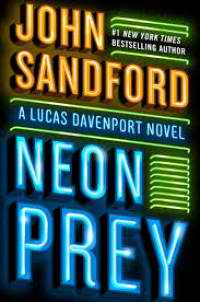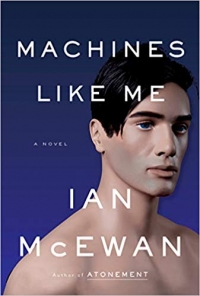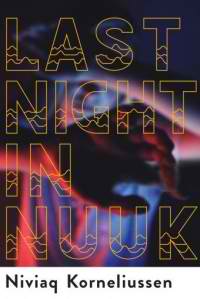Last Looks by Howard Michael Gould
 Friday, April 26, 2019 at 7:20AM
Friday, April 26, 2019 at 7:20AM 
Published by Dutton on August 14, 2018
Charlie Waldo is one of the more interesting characters to appear in recent crime fiction. Waldo has adopted a minimalist approach to life. He wants to own no more than one hundred things. That’s instantly amusing because Waldo must struggle with profound questions, such as whether socks count as one thing or two, and what he will need to give up if he acquires a gun.
Waldo maintains a small carbon footprint by living without plumbing and electricity in a tiny dwelling at the edge of the woods on a mountain. He only travels by bicycle or public transportation. Waldo is retired from the LAPD and hasn’t shaved in three years (a razor not making his list of one hundred possessions), but his former girlfriend, Lorena Nascimento, wants him to help her private detective agency on a celebrity case. Waldo used to be something of a celebrity cop and Laura claims that his presence would help her lock down the client. Waldo stopped being a cop, however, when he took advantage of three-strike laws to coerce an incriminating statement that was used to convict an innocent man of murder. Hence Waldo’s sense of guilt, which has exploded into feeling guilty about everything, including existing.
The case Waldo is asked to investigate involves a locked room mystery and a hard-drinking British actor named Pinch who was found inside his locked home with his murdered wife. The police don’t think the case is much of a mystery. A dirty cop, on the other hand, thinks Lorena has stolen something and that Waldo knows where to find it. Those facts drive a subplot, while the main attraction initially involves Waldo’s unwillingness to help Pinch (who is responsible for more carbon emissions in one day than 500 Kenyans in a year) and later (after Waldo relents) focuses on the locked room mystery.
In the tradition of private eye novels, Waldo is beaten up, finds a dead body in his driveway, encounters hostile police officers, is accused of multiple murders, is beaten up again, is locked up, and engages in a chase that ends with another beating. Suffice it to say that Waldo has a series of bad days and questions his decision to come down from his mountain to rejoin society, even temporarily. Yet he also finds himself smitten with a woman, something that hasn’t happened in his life for quite a long time. Sadly for Waldo, the woman is involved in the murder mystery, adding another complication to the plot.
The mystery is a good one, involving the interplay of several characters and the kind of scandalous Hollywood behavior that helps gossip websites earn their profits. While the story moves at a decent pace, Howard Michael Gould takes time to develop his characters. The supporting characters are quirky, but none are quirkier than Waldo. Everyone who meets Waldo thinks he is damaged, and of course they are right. But to Waldo, living with strict rules that minimize his ability to harm other people or the planet is a way to repair damage. Perhaps, the story suggests, there are better ways to repair damage, but even by the novel’s end, Waldo remains loveably challenged by life.
The ending suggests that Waldo will have another adventure, which I believe will be published this summer. It took me some time to get around to reading Last Looks, but I will not wait so long to read its sequel.
RECOMMENDED



